Turtles have fascinated humans for centuries with their distinctive shells, leisurely pace, and remarkable longevity. However, keeping these reptiles healthy in captivity requires more than just a tank and some food. For many turtle species, especially those that would naturally bask in sunlight in the wild, UVB lighting is not just beneficial—it’s essential for survival. This specialized lighting mimics the sun’s ultraviolet rays that are crucial for the turtle’s metabolic processes. Without sufficient UVB exposure, captive turtles can develop serious health conditions that can drastically shorten their lifespan and diminish their quality of life. Understanding why UVB lighting is necessary reveals the intricate connection between these ancient creatures and their natural environment, and highlights our responsibility as caretakers to recreate those conditions as faithfully as possible.
The Natural Role of Sunlight in Turtle Health
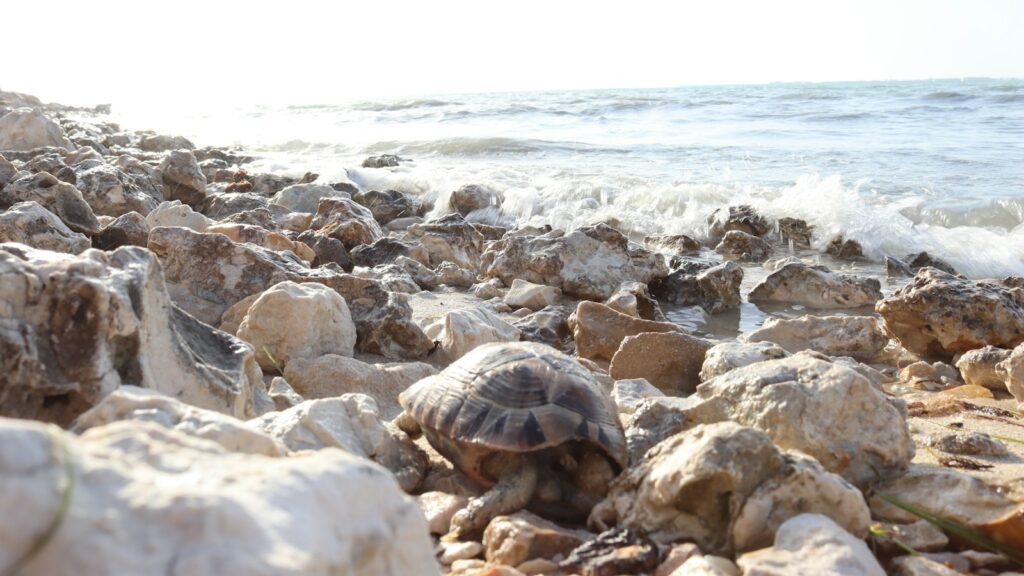
In their natural habitats, most turtles spend considerable time basking in direct sunlight, a behavior that plays a critical role in their physiological functions. Wild turtles typically emerge from water or shade to expose themselves to the sun’s rays for several hours daily. This natural sunbathing allows them to absorb not only visible light but also the invisible ultraviolet spectrum, particularly UVB (ultraviolet B) radiation. The UVB portion of sunlight penetrates the turtle’s skin and initiates a chain of biochemical reactions essential for calcium metabolism. Without this regular exposure to natural sunlight, wild turtles would develop severe health issues, highlighting how deeply intertwined these reptiles are with their environmental conditions. This natural relationship between turtles and sunlight forms the foundation for understanding why artificial UVB lighting becomes necessary in captive settings.
Understanding UVB Light

UVB light is a specific type of ultraviolet radiation with wavelengths between 280 and 315 nanometers, falling within the invisible spectrum of light. This particular range of UV radiation is crucial because it’s powerful enough to trigger vitamin D synthesis in the skin but not so intense that it causes significant damage to living tissues when properly regulated. Unlike UVA (which mainly affects behavior) or UVC (which is largely blocked by the Earth’s atmosphere), UVB has profound physiological impacts on reptiles including turtles. When UVB contacts a turtle’s skin, it converts a cholesterol-based precursor molecule into pre-vitamin D3, which then transforms into vitamin D3, the active form necessary for calcium metabolism. Standard glass, plastic, and even some mesh screens can filter out UVB rays, which explains why turtles cannot simply be placed near windows for sun exposure. Understanding these properties of UVB radiation helps turtle owners recognize why specialized lamps that emit this specific wavelength range are essential for captive turtle health.
Vitamin D3 Synthesis and Metabolism

When UVB light reaches a turtle’s skin, it initiates a remarkable biochemical transformation that ultimately produces vitamin D3, a crucial hormone for calcium regulation. The turtle’s skin contains a substance called 7-dehydrocholesterol that, when exposed to UVB radiation, converts to pre-vitamin D3. This molecule then undergoes thermal isomerization, transforming into vitamin D3, which enters the bloodstream and travels to the liver for further processing. The liver converts vitamin D3 into 25-hydroxyvitamin D3, which then moves to the kidneys where it becomes 1,25-dihydroxyvitamin D3, the biologically active form. This active hormone serves as a master regulator of calcium absorption in the intestines, calcium reabsorption in the kidneys, and the release of calcium from bone stores. Without adequate UVB exposure to start this cascade, turtles cannot properly synthesize vitamin D3 regardless of how much calcium is in their diet, creating a fundamental metabolic roadblock that leads to severe health consequences.
Calcium Absorption and Shell Development
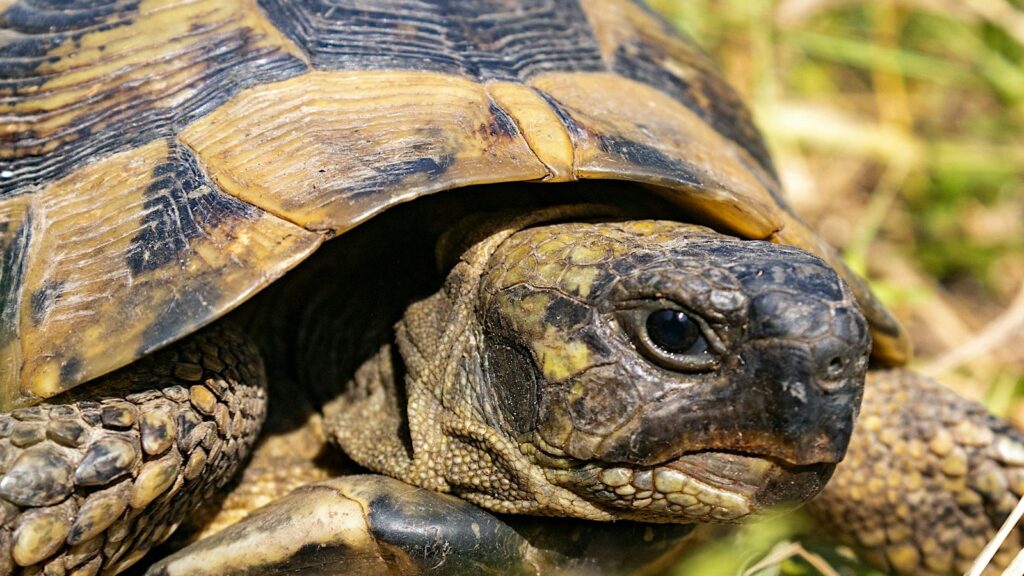
The relationship between UVB exposure, vitamin D3, and calcium absorption forms the cornerstone of proper shell development in turtles. A turtle’s shell isn’t merely an external armor; it’s a living part of the skeletal system containing bones that require constant maintenance and remodeling. Without sufficient vitamin D3 from UVB exposure, turtles cannot efficiently absorb dietary calcium from their intestinal tract, even if their diet contains adequate calcium sources. This deficiency leads to the turtle’s body extracting calcium from its bones and shell to maintain vital functions like nerve transmission and muscle contraction. Over time, this mineral leaching causes the shell to become soft, malformed, or exhibit abnormal growth patterns with raised scutes or pyramiding. Young, rapidly growing turtles are particularly vulnerable to these developmental issues because of their higher calcium demands for shell formation. The quality and structural integrity of a turtle’s shell thus directly reflects the animal’s UVB exposure history and subsequent calcium metabolism, serving as a visible indicator of its overall health status.
Metabolic Bone Disease in Turtles
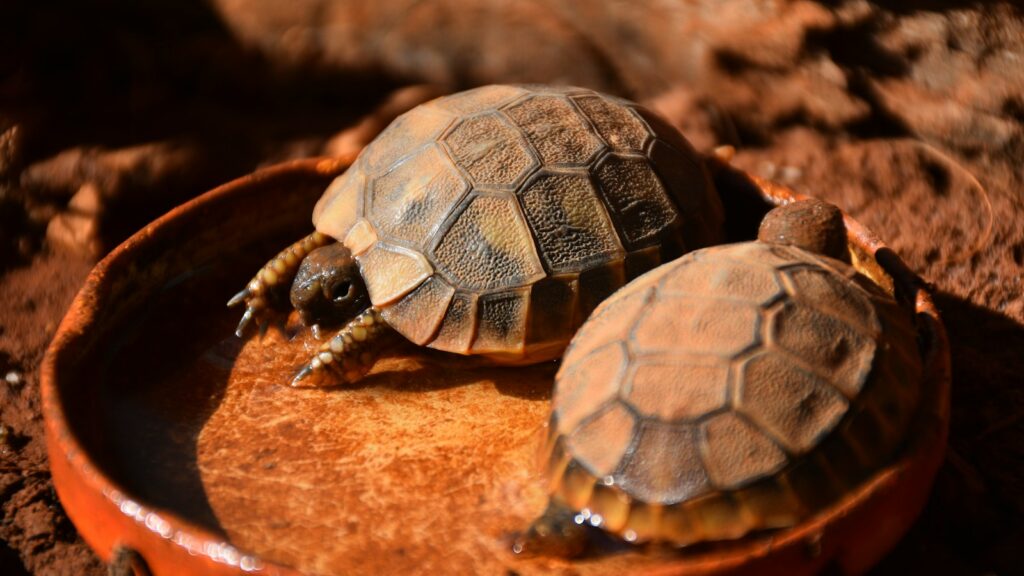
Metabolic Bone Disease (MBD) represents the most severe consequence of inadequate UVB exposure in captive turtles, manifesting as a progressive and potentially fatal condition that affects the entire skeletal system. In its early stages, MBD may present subtly with minor shell softening, reluctance to move, or decreased appetite, making it easy for inexperienced keepers to overlook. As the disease advances, turtles typically develop visibly misshapen shells, abnormal jaw formation (rubber jaw), difficulty walking, tremors, and fragile bones that fracture easily. The compromised skeletal structure can lead to compression of internal organs, further complicating the turtle’s health status. While dietary calcium supplementation is important, it cannot compensate for the lack of UVB-derived vitamin D3 needed to utilize that calcium effectively. Advanced cases of MBD are challenging to reverse completely, often leaving turtles with permanent deformities even after treatment is initiated. The prevalence of this preventable disease in captive turtles underscores the critical importance of proper UVB lighting as a fundamental aspect of responsible turtle husbandry.
Species Differences in UVB Requirements

Not all turtle species have identical UVB requirements, with their natural habitats and evolutionary adaptations dictating their specific needs. Desert-dwelling tortoises and box turtles from open, sunny habitats typically require the highest UVB exposure, often needing UVB lamps with 10-12% output to mimic the intense sunlight of their native environments. Semi-aquatic species like red-eared sliders, painted turtles, and map turtles require moderate UVB exposure, generally benefiting from 5-8% UVB bulbs that replicate their mixed basking behavior in nature. Primarily aquatic species such as softshell turtles and certain mud turtles have lower UVB requirements, although they still benefit from access to UVB lighting during their occasional basking. Tropical forest species that live under dense canopy cover, while receiving less direct sunlight naturally, still require some UVB exposure for proper health. Understanding a specific turtle’s evolutionary background and natural behavior patterns is essential for providing appropriate UVB lighting that matches their biological needs, highlighting why research into a turtle’s species-specific requirements should precede acquisition of any captive specimen.
Types of UVB Lighting Options

The market offers several types of UVB lighting solutions, each with distinct advantages and limitations for turtle keepers. Fluorescent tube fixtures, including T5 and T8 formats, provide a broad, even distribution of UVB across the basking area and typically last 9-12 months before requiring replacement. Compact fluorescent UVB bulbs offer a more concentrated UVB output in a smaller package, making them suitable for smaller enclosures, though their effective UVB projection distance tends to be more limited than tubes. Mercury vapor bulbs combine UVB output with heat generation, serving dual purposes as both heating and UVB sources, though they typically come with higher energy consumption and replacement costs. Metal halide UVB systems, while expensive, provide the closest approximation to natural sunlight with excellent UVB penetration and coverage, making them ideal for larger enclosures housing multiple turtles. When selecting a UVB lighting system, keepers must consider factors including the enclosure size, the distance between the lamp and the basking area, the species-specific UVB requirements, and the need for regular bulb replacement as UVB output diminishes over time even when the visible light appears unchanged.
Proper UVB Lamp Placement and Duration
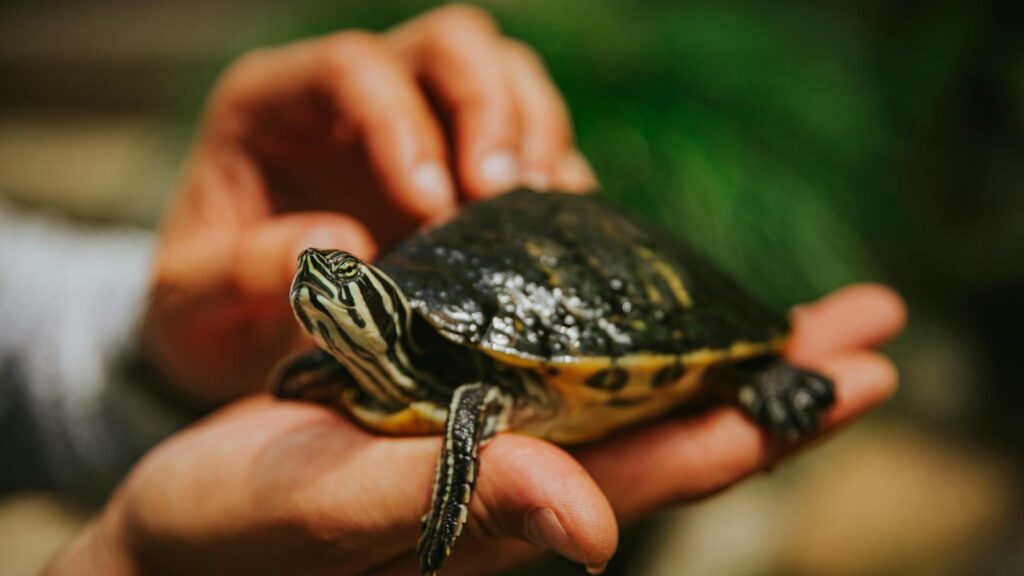
The effectiveness of UVB lighting for turtles depends significantly on proper positioning and duration of exposure in the enclosure setup. Most UVB bulbs should be placed at specific distances from the basking area according to manufacturer recommendations, typically between 10-12 inches for fluorescent tubes and 12-24 inches for more powerful mercury vapor bulbs. Placing the lamp too far away renders the UVB radiation ineffective as the intensity diminishes exponentially with distance, while positioning it too close risks overexposure and potential eye damage. The UVB lamp should be mounted above the turtle’s primary basking spot, creating a gradient that allows the animal to self-regulate its exposure by moving closer to or further from the source. For photoperiod, most experts recommend providing 10-12 hours of UVB lighting daily during summer months and slightly shorter durations (8-10 hours) during winter to mimic natural seasonal variations. Any materials between the UVB source and the turtle, including mesh lids, plastic, or glass, should be removed as these can significantly filter out beneficial UVB rays, sometimes blocking up to 50% of the UVB radiation even when visible light passes through.
Signs of UVB Deficiency in Turtles
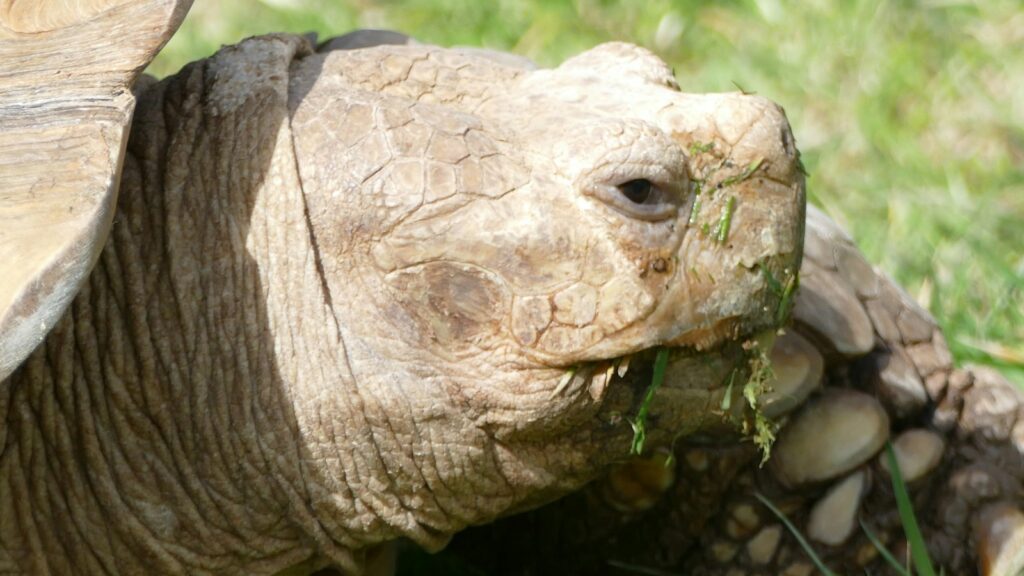
Identifying UVB deficiency early can prevent serious health complications in captive turtles. Behavioral indications often appear first, with affected turtles showing excessive basking behavior as they instinctively attempt to increase their UVB exposure, sometimes positioning themselves unusually close to light sources. Lethargy and reduced activity levels frequently develop as calcium imbalances begin to affect muscle function and overall energy levels. Appetite changes, particularly decreased interest in food or selective eating, may signal developing nutritional problems related to impaired metabolism. Physical symptoms progress from subtle to severe, beginning with minor shell abnormalities like retained scutes or slight softening, advancing to more pronounced shell deformities including pyramiding (raised, pointed scutes) or shell softness that yields to gentle pressure. In advanced cases, turtles may exhibit trembling limbs, difficulty raising their bodies off the ground, swollen limbs, or irregular jaw alignment that impairs feeding ability. Respiratory problems can emerge as weakened chest muscles compromise breathing mechanics, particularly in aquatic species. These progressive symptoms highlight why prevention through proper UVB provision is vastly preferable to attempting rehabilitation of already-affected animals.
The Limitations of Dietary D3 Supplements
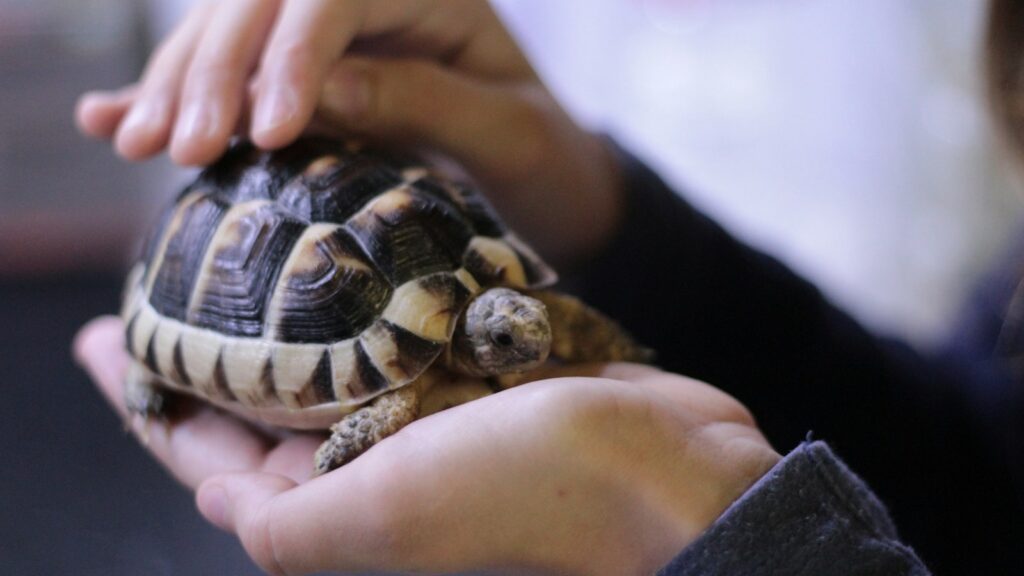
While vitamin D3 supplements exist and are sometimes proposed as alternatives to UVB lighting, they present significant limitations and risks for turtle health. Unlike UVB-stimulated vitamin D3 production, which has natural regulatory mechanisms preventing toxic accumulation, oral supplementation bypasses these safeguards and can potentially lead to dangerous hypervitaminosis D if overdosed. The optimal dosage for supplemental vitamin D3 varies considerably between species, age groups, and individual turtles, making accurate supplementation extremely challenging even for experienced keepers. Many turtles process supplemental vitamin D3 differently from naturally synthesized vitamin D3, potentially resulting in reduced biological effectiveness even when appropriate doses are administered. Additionally, the long-term effects of exclusive reliance on supplemental vitamin D3 remain inadequately studied in most turtle species, raising concerns about potential unforeseen consequences for organs like the liver and kidneys that metabolize these supplements. These limitations explain why herpetological veterinarians and reptile specialists consistently recommend UVB lighting as the primary method for ensuring proper vitamin D3 levels in captive turtles, using dietary supplements only as occasional adjuncts rather than replacements for proper lighting.
UVB Lamp Maintenance and Replacement
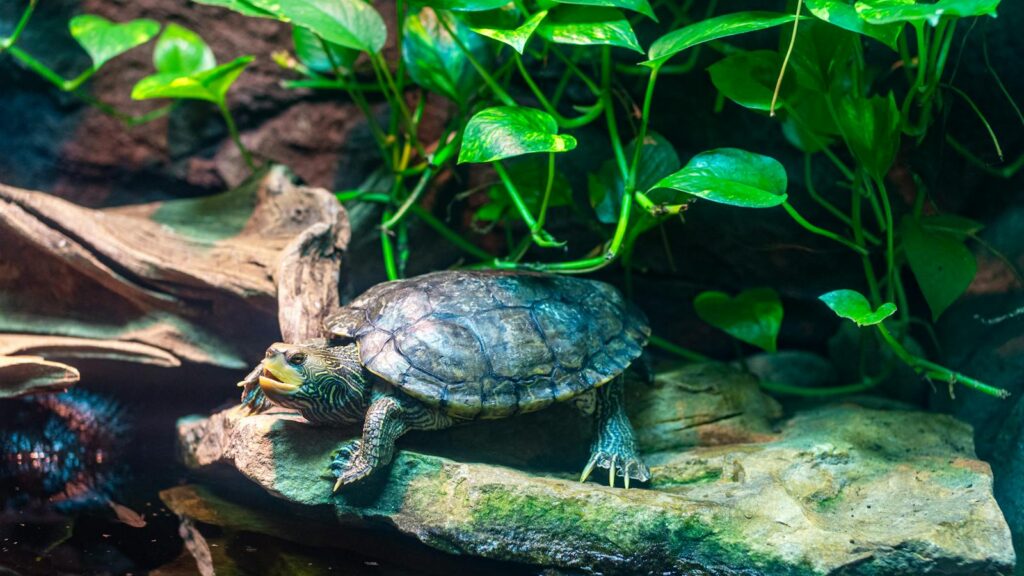
Proper maintenance of UVB lighting systems is crucial for ensuring consistent beneficial radiation for captive turtles. UVB output diminishes over time in all lamp types, even when the visible light remains bright, creating a dangerous situation where keepers may believe the lamp is functioning properly while it has actually ceased providing adequate UVB radiation. Most UVB fluorescent tubes require replacement every 6-12 months depending on the brand and intensity, while mercury vapor bulbs typically need replacement every 10-14 months according to manufacturer specifications. Regular cleaning of lamp surfaces with a slightly damp cloth (when cool and unplugged) helps remove dust and debris that can block UVB transmission, though harsh cleaning chemicals should be avoided as they may damage the specialized coatings on the bulbs. For optimal safety and effectiveness, keepers should maintain a replacement schedule based on the manufacturer’s recommendations rather than waiting for visible signs of lamp failure. The use of UVB meters, while representing an additional investment, provides the most accurate assessment of a lamp’s continued effectiveness by directly measuring UVB output at the basking site, eliminating guesswork in determining when replacement is necessary.
Natural Sunlight: Benefits and Precautions
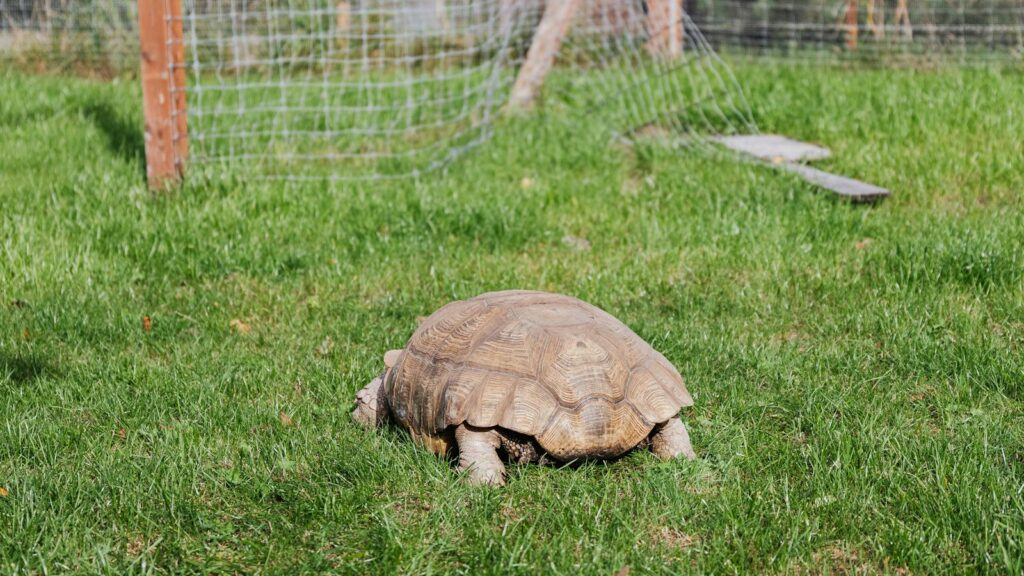
While artificial UVB lighting serves as an essential substitute in indoor enclosures, natural sunlight provides the most complete spectrum of radiation beneficial to turtle health when properly implemented. Supervised outdoor time in direct, unfiltered sunlight offers turtles exposure to the full spectrum of solar radiation, including optimal UVB wavelengths along with visible light and infrared heat in perfect natural balance. For maximum benefit, outdoor exposure should occur during peak UV hours, typically between 10 a.m. and 2 p.m., with sessions starting at 15-30 minutes and gradually increasing to avoid overheating or stress in animals unaccustomed to outdoor conditions. Critical safety measures must include constant supervision to prevent escape or predator access, provision of both sunny and shaded areas allowing the turtle to self-regulate its exposure, secure containment with walls high enough to prevent climbing, and protection from pesticides, toxic plants, and other environmental hazards. Importantly, glass, plastic, or window screens filter out most beneficial UVB rays even when they appear transparent to visible light, meaning that placing a turtle near a closed window provides virtually no UVB benefit while potentially causing dangerous overheating. Weather considerations including temperature extremes, high humidity, and wind chill factors should always determine the appropriateness of outdoor exposure sessions.
Combining UVB with Proper Diet and Habitat
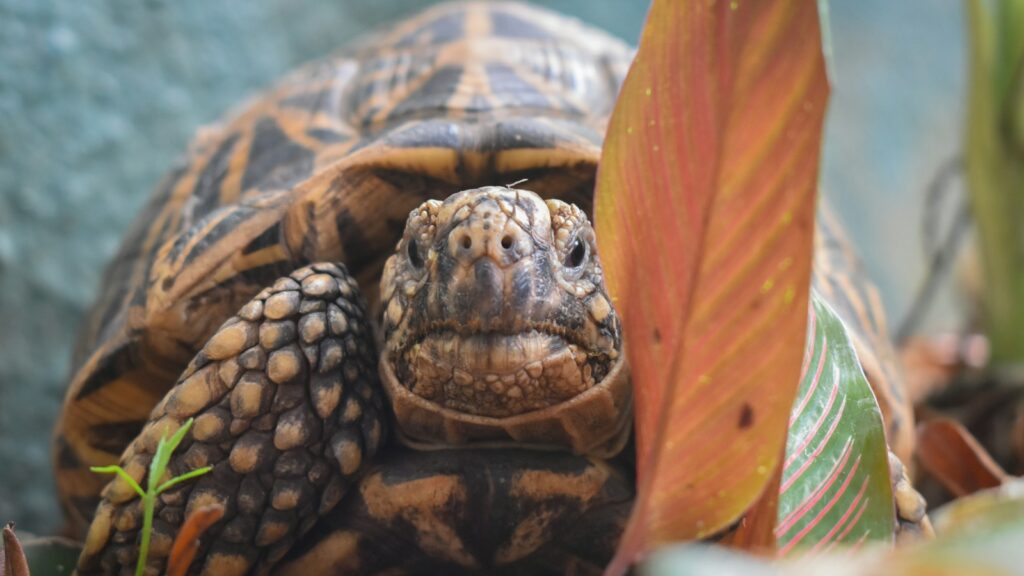
While UVB lighting addresses a critical health need for captive turtles, it represents just one component of a comprehensive care approach that must include appropriate nutrition and habitat design. A balanced diet with proper calcium-to-phosphorus ratios (ideally 2:1) complements UVB exposure by ensuring sufficient calcium availability for the vitamin D3-dependent metabolic processes. For most turtles, this involves offering calcium-rich foods like dark leafy greens, commercial turtle diets with added calcium, and occasional calcium supplements dusted on food items according to species-specific recommendations. The enclosure should provide a temperature gradient allowing the turtle to thermoregulate effectively, with the basking area directly under the UVB source maintained at species-appropriate temperatures (typically 85-95°F for many common species). Adequate enclosure size, appropriate substrate, proper humidity levels, and clean water further support overall health by reducing stress and preventing secondary complications that could compound UVB-related issues. This holistic approach recognizes that while UVB deficiency represents a serious and common health threat to captive turtles, optimal health depends on meeting all of the animal’s physiological and behavioral needs simultaneously, with each care element supporting and enhancing the others.
The necessity of UVB lighting for many captive turtles reflects the intricate relationship between these reptiles and their natural environment. Far from being a luxury or optional enhancement, proper UVB exposure represents a fundamental physiological requirement directly linked to calcium metabolism, shell formation, and overall health. When turtle keepers understand the science behind UVB requirements and implement appropriate lighting solutions, they significantly increase their pets’ chances of living long, healthy lives free from preventable conditions like metabolic bone disease. As our understanding of reptile husbandry continues to evolve, the importance of UVB lighting stands as one of the most thoroughly documented aspects of turtle care, reinforcing the responsibility of keepers to recreate as many elements of natural habitat as possible. By combining proper UVB lighting with species-appropriate diet, temperature management, and habitat design, turtle enthusiasts can provide their shelled companions with the conditions they need to thrive in captivity.

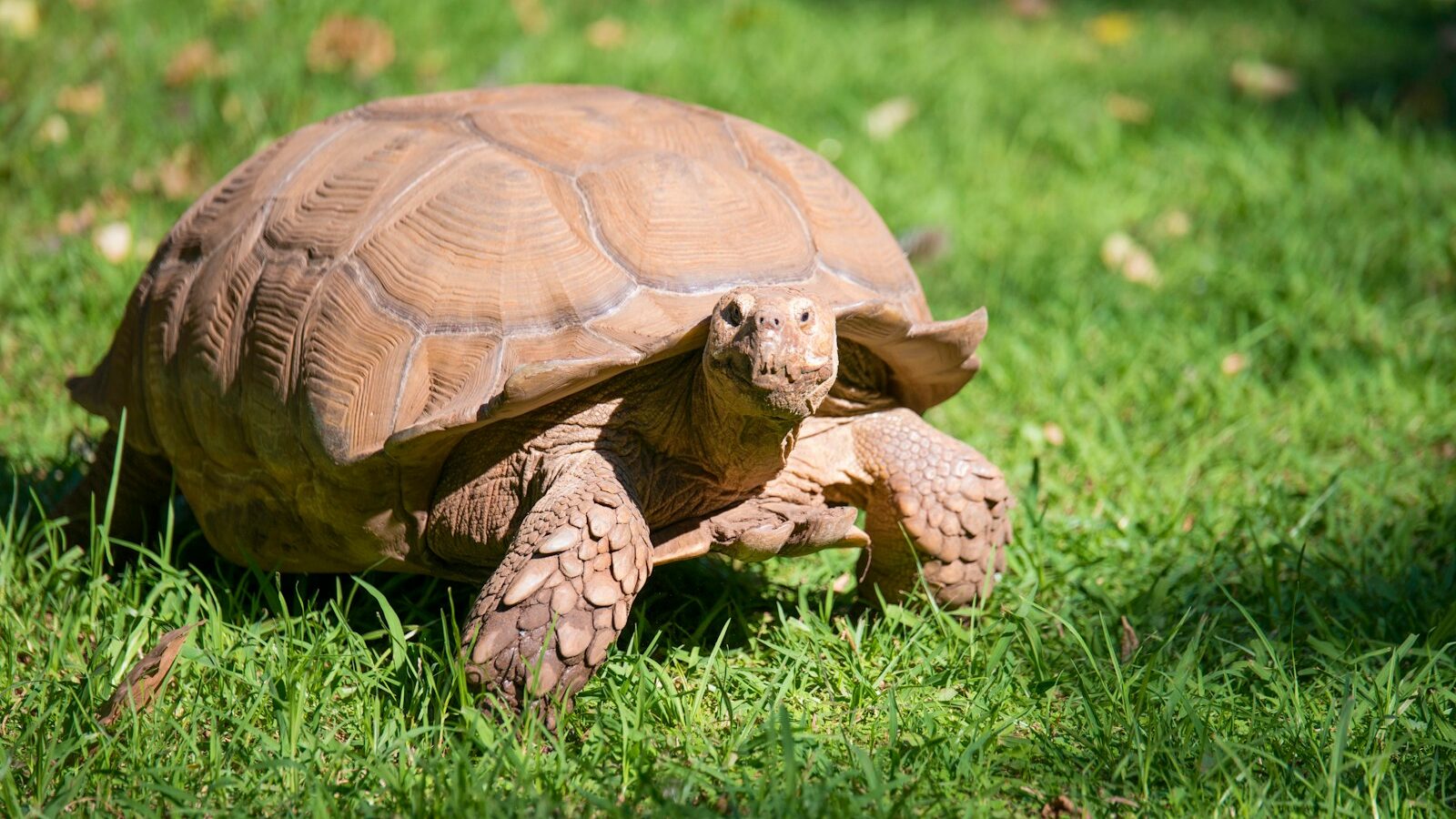







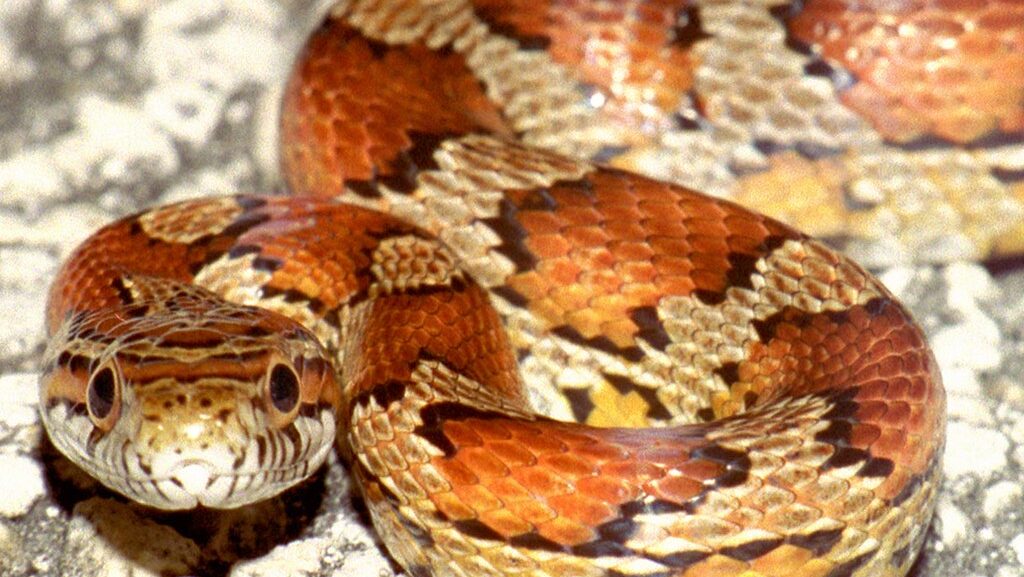
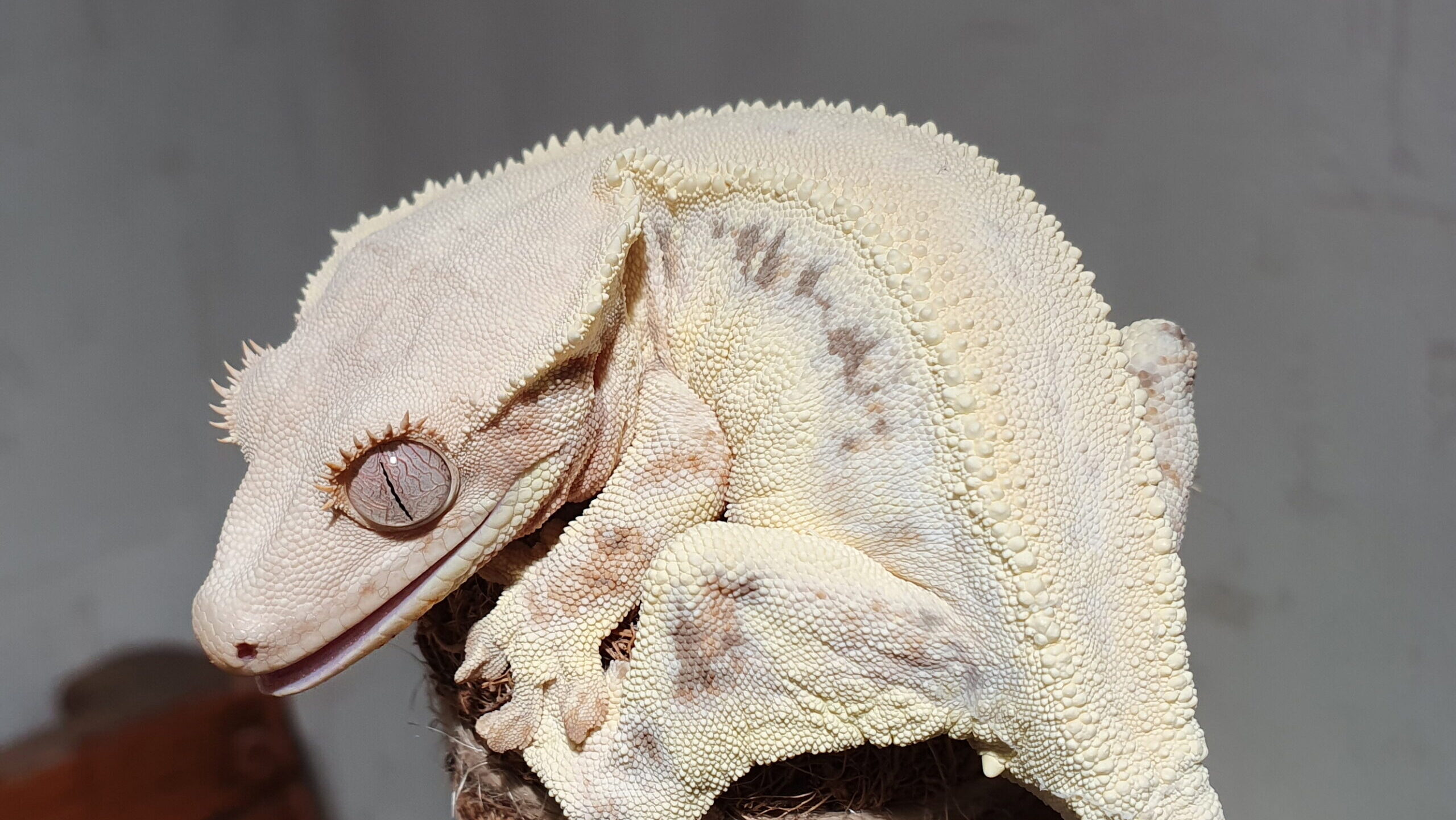





Leave a Reply